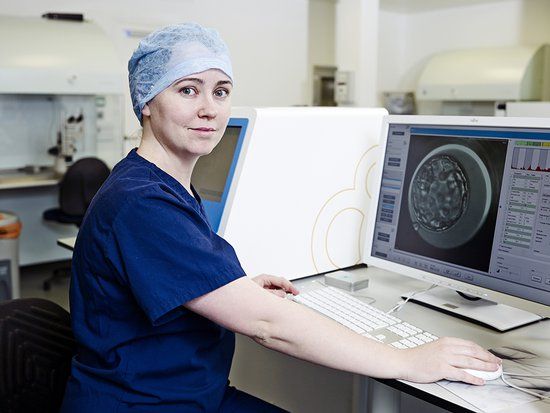
Would you rely on a clinic’s self-published success rates when deciding which private fertility clinic to choose for treatment?
The University of Manchester has examined success rates featured on UK IVF clinic websites and found that the majority are potentially misleading because with no ‘binding standard’ of reporting, clinics are free to ‘cherry-pick’ their best statistics.
So what does this mean for you as a patient? At Manchester Fertility, we always advise caution when comparing clinic success rates for the exact reasons identified in the University of Manchester’s report.
Although all fertility clinics are required to report their official data – pregnancy rates and live births – to fertility regulator the HFEA, there is no rule about what can be published on a clinic’s own website, or how it’s reported.
Which is why clinics can selectively publish only their ‘best’ results, even if these might be significantly out of date or only applicable to specific age groups, or those using advanced technology such as EmbryoScope.
The University of Manchester study found over 30 different ways of reporting pregnancy rates amongst clinics, reported for different subgroups of patients and different time periods. Over a quarter of IVF clinic websites presented results without revealing the ages of the patients.
So if you are comparing results, you may actually be comparing data that’s not even the same. No wonder so many patients are confused by success rates and how to interpret them.
It’s why we have advice on our Success Rates page about how to use clinic data and what it means for you. Our policy of total transparency applies not just to our bespoke treatment for you and its costs, but also to our success rates.
We always advise that any success rates, including official HFEA reported numbers, should only ever be treated as an indication of a clinic’s general performance. They should not be used as the basis of a decision about how any treatment will work for you and your specific fertility problem.
Because clinic success rates are influenced by many factors, such as the ages of patients, the cases they treat and their policies and practices. A clinic may promote Single Embryo Transfer, or it may treat higher numbers of older women, or more difficult to treat cases of infertility that require specialist procedures. All of these things affect success rates.
So a clinic with a seemingly higher success rate than another doesn’t mean they’ll be more successful at treating you, just as a clinic with a lower success rate doesn’t necessarily reduce your chances.
No two clinics are ever the same, treating the same number of patients, with the exact same diagnosis, with the exact same treatment.
If you do wish to compare success rates, make sure you always use HFEA data. Look at live birth rates as well as pregnancy rates – these are the numbers of women who had a healthy baby at the end of their treatment, not just a confirmed clinical pregnancy.
And ask the clinic for success rates for your age group, and your specific circumstances. At least then you can go some way to ensuring you get clear information, allowing you to make the most informed choice you can.
If you’d like to know more about our success rates, speak to our Patient Advisors on 0161 300 2737or read our advice here.
Last updated: 20th January 2020






